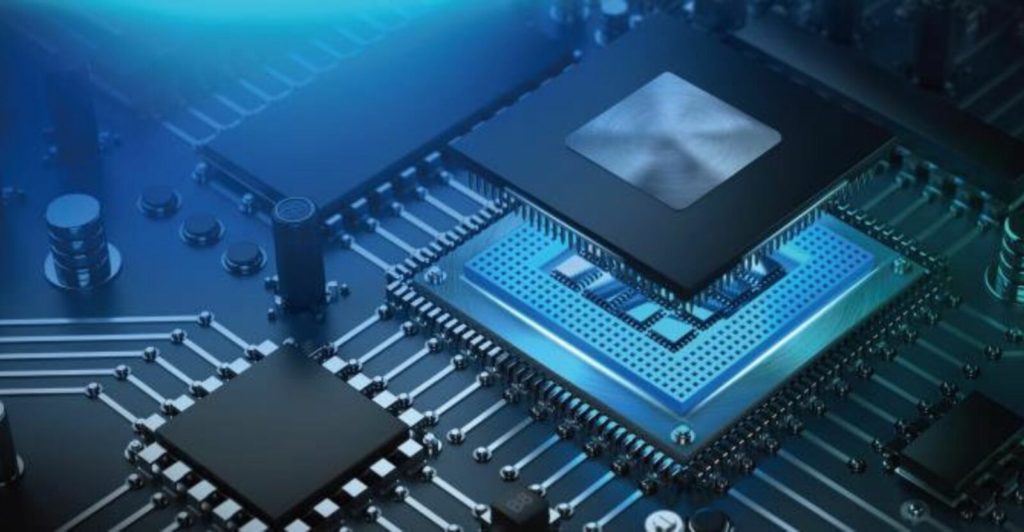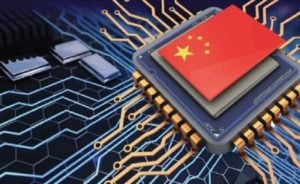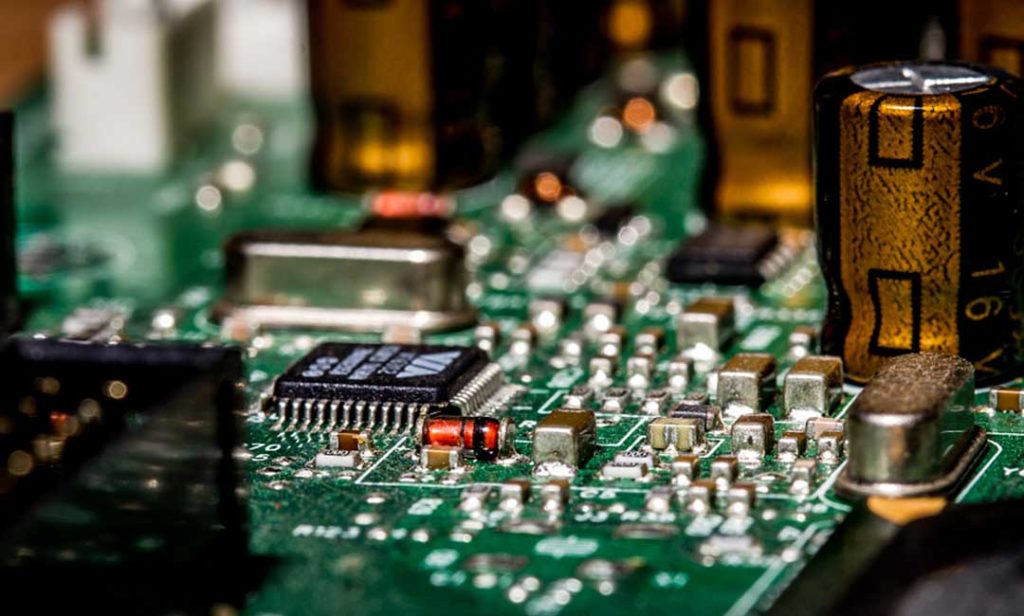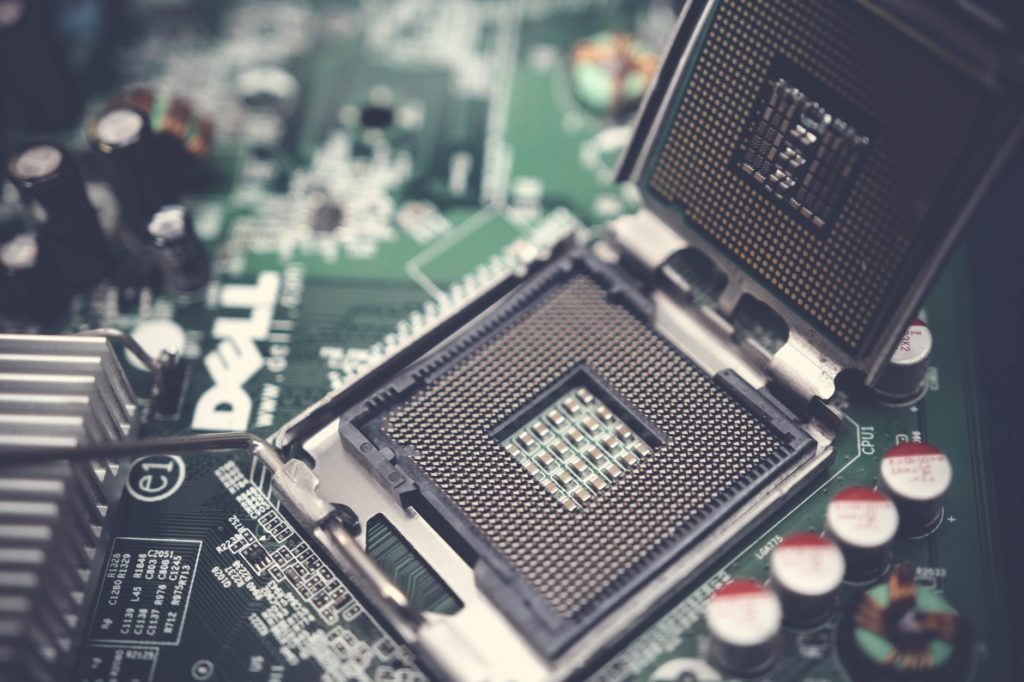BYD’s image as a “vehicle firm” is merely the most superficial one it presents to the public. BYD Semiconductor, one of BYD’s most important businesses, was put on the market, according to an announcement from the Shenzhen Stock Exchange’s Entrepreneurship Committee on January 20.
BYD Semiconductor Co., Ltd. (hereafter referred to as BYD Semiconductor) will be listed on the GEM board on January 27th, according to the statement of the Shenzhen Stock Exchange’s Entrepreneurship and Listing Committee’s 5th review meeting in 2022. The Securities Issuance Review Committee must have a “first IPO meeting” before a publicly-traded business can issue new shares.
According to the most recent prospectus material, the IPO intends to raise 2.686 billion yuan to fund new power semiconductor chip industrialization and upgrading projects, power semiconductor, and intelligent control device R&D and industrialization projects, and supplemental working capital.
BYD Semiconductor has reopened its listing this time. BYD Semiconductor filed a prospectus with the Shenzhen Stock Exchange in June 2021, however, the IPO review was halted after the China Securities Regulatory Commission examined the issuer’s law firm.
According to publicly available information, the law firm is most likely to be involved in this suspension. Because BYD Semiconductor’s application for listing on the Growth Enterprise Market had been approved before the law firm was probed, and the first round of inquiries had been approved in less than a month. The whole thing happened in a flash.
BYD Semiconductor focuses on power semiconductors, intelligent control ICs, intelligent sensors, and optoelectronic semiconductors for research, development, manufacture, and sales.
From the standpoint of the industry chain, BYD Semiconductor has deployed an IDM model for the whole industry chain in this field, from chip design to wafer manufacturing to module packaging and testing to system and application testing.
BYD’s automotive-grade semiconductors are grouped into three product categories: SiC (silicon carbide) modules, IGBT (insulated gate bipolar transistor) modules, and self-developed hybrid DM control modules with a high degree of integration.
For two years in a row in 2019 and 2020, BYD Semiconductor placed second in the world among new energy passenger car motor driver manufacturers, and first among domestic manufacturers, with a market share of 19 percent, second only to Infineon.
This is where China’s so-called “first stock of automobile cores” comes from. BYD Semiconductor also boasts some proprietary research and development technologies in areas like automotive-grade IGBT chip design, wafer fabrication, and wafer testing.
BYD Semiconductor has made significant development in the field of SiC devices, achieving not only a technological breakthrough but also a large-scale use of SiC modules in high-end models of new energy cars.
The half-year income of 2021 is close to or even exceeds the annual revenue of previous years, according to financial data given by BYD Semiconductor in recent years.
When you consider the previous table of income information, it’s easy to see why: both SiC and DM modules will be placed into production in 2021. DM modules are surely gaining in popularity as a result of the popularity of BYD hybrid models, and SiC, which represents new semiconductor technologies, is the most explosive business at the moment and is expected to continue developing at a quick rate in the future.
After all, Han EV is the only vehicle equipped with SiC-related components at the moment. BYD Semiconductor’s business isn’t restricted to automotive semiconductors, of course. According to the prospectus, BYD Semiconductor has achieved mass manufacturing in the domains of industrial, home appliances, new energy, and consumer electronics, in addition to vehicle-regulated semiconductors.
The production of models costing hundreds of thousands of dollars has been halted because a chip with a cost of less than one yuan is out of stock. This is the plight of all automobile manufacturers this year. As a result, there are two elements to solving the problem of a jammed neck: technology and production capacity.
The first is technological advancements. In terms of IGBT, Star Semiconductor, which has the greatest domestic market share, is 1-2 generations ahead of BYD in its self-developed FS chip, according to the IHS research report. However, Star Semiconductor’s business is mostly in the sphere of industrial computers, and BYD continues to dominate the automotive-grade market. A prominent aspect of the automotive-grade market is that it demands reliability and longevity, so the product’s leading degree is not a vital factor.
BYD Semiconductor has an advantage in the field of SiC. It got off to a good start and has a rather thorough layout. Silicon carbide-related businesses face significant obstacles and technical challenges due to the semiconductor properties of the material. BYD Semiconductor got off to a good start and has a rather full layout. The voltage of BYD’s automotive-grade silicon carbide modules is now at 1200V, with current levels ranging from 400A to 950A. In the world, both technology and business application are at the forefront.
According to publicly available information, BYD Semiconductor’s present chip production business concentrates on wafer production, and the company’s reliance on outsourcing OEMs has grown in recent years.
BYD Semiconductor, on the other hand, has announced the construction of a new fab and its SiC production line (Ningbo Semiconductor). In three years, it should be able to produce 10,000 SiC wafers per month, and in five years, it should be able to produce 50,000 SiC wafers per month. 2,000,000 pieces
The potential for automotive-grade semiconductors to increase in the future is enormous. After all, China sells more than 20 million new automobiles each year. The company’s next strategic objective for BYD Semiconductor is to accelerate the fab’s expansion. After all, it can only compete for industrial chain autonomy if it can meet its own needs.
In terms of valuation, BYD Semiconductor’s major market was valued at roughly 10 billion dollars after the A round of financing, and we’ll see how much action can be taken.
also read:
AMD Ryzen CPUs reduces Tesla Model 3’s Driving Range by effectively 22 kilometres









